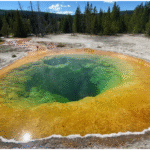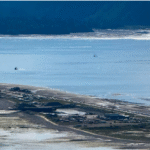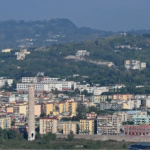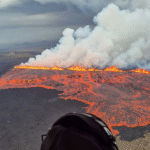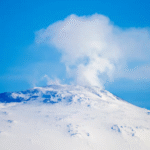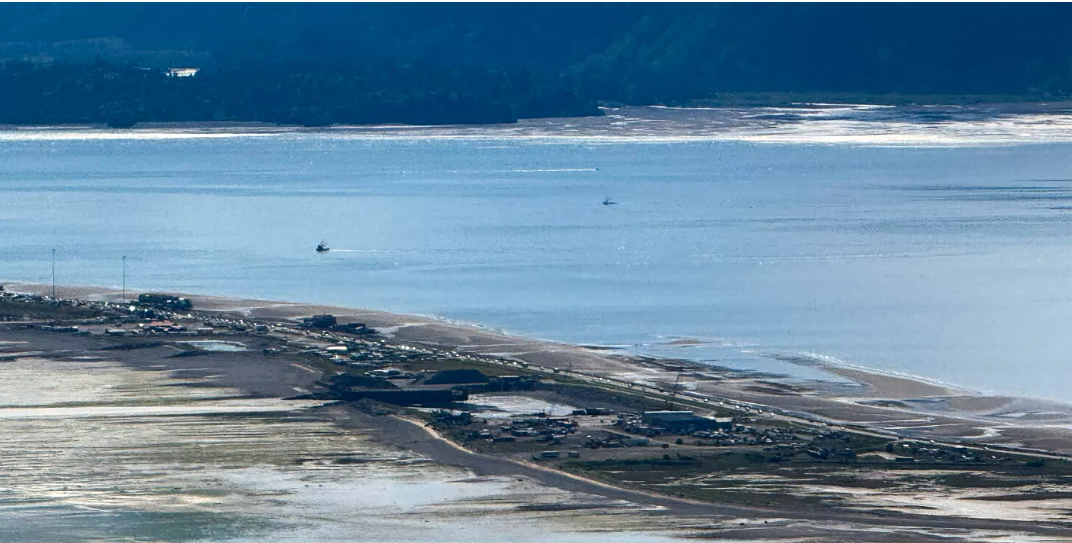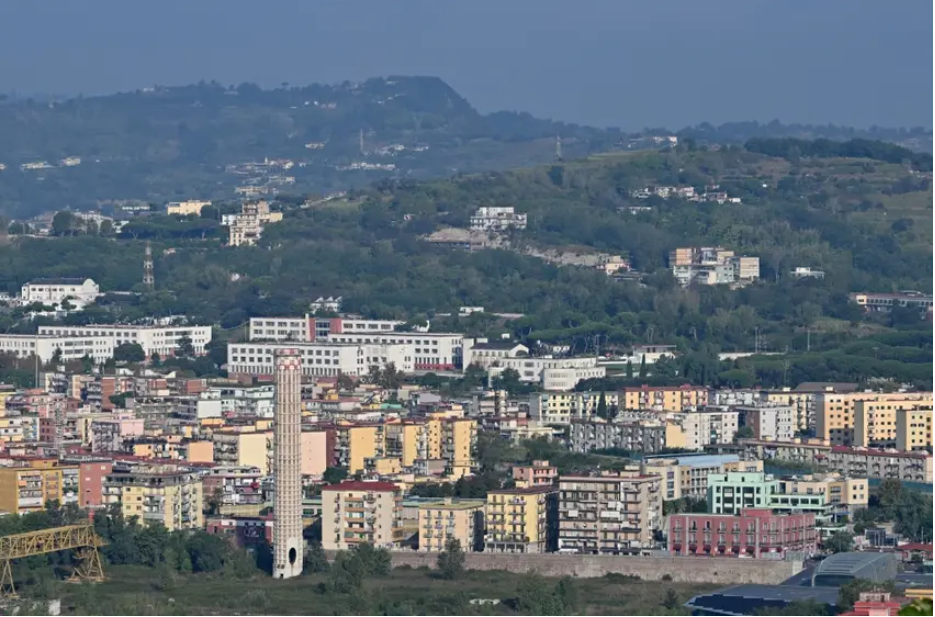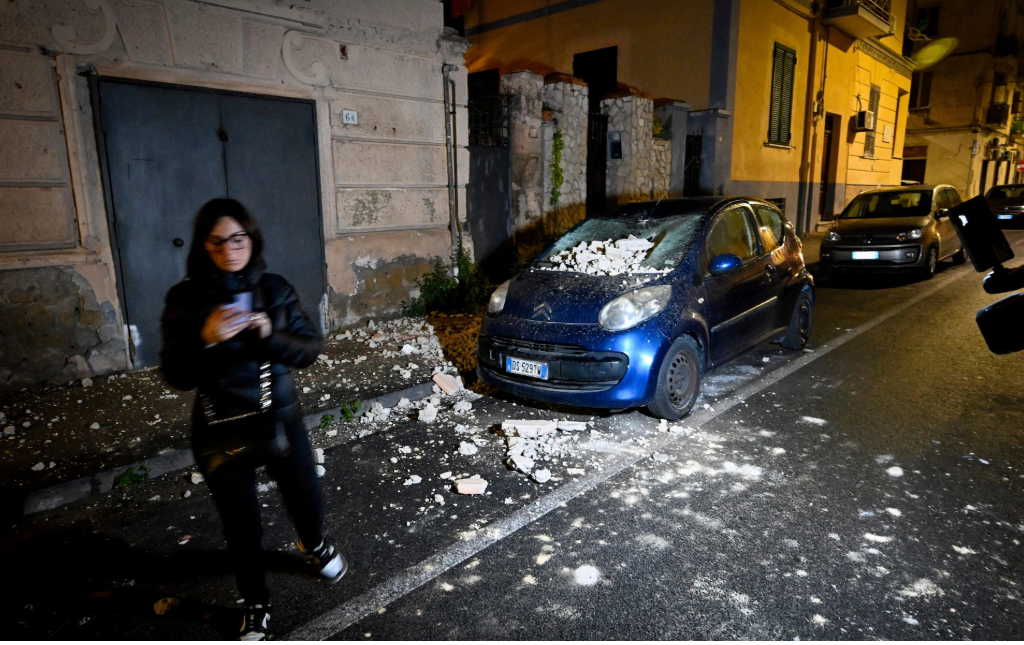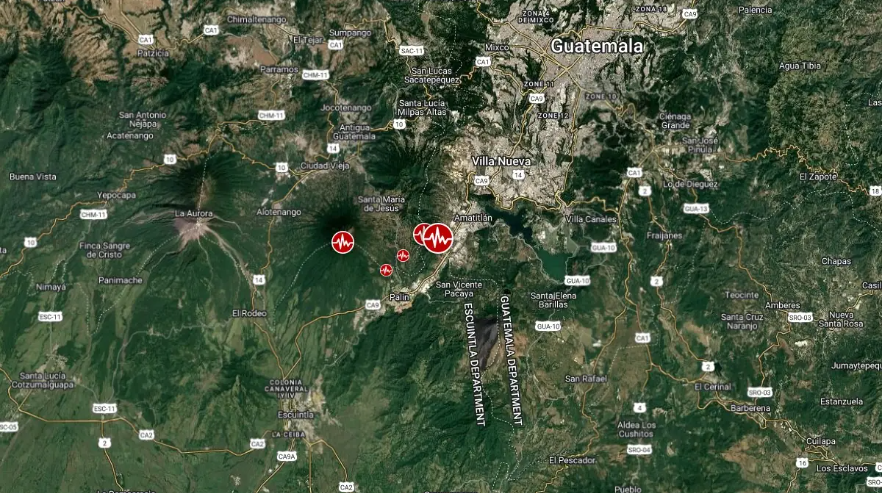Timeline of the Seismic Event
On Sunday, July 20, 2025, at 7:48 AM EDT (CBS/AP), powerful undersea earthquakes struck Russia’s Pacific coast. The strongest quake, magnitude 7.4, hit 144 kilometers (89 miles) east of Petropavlovsk-Kamchatsky—a city of 180,000 population—at a depth of 20 kilometers (12 miles) (U.S. Geological Survey). Minutes earlier, a smaller 6.7 magnitude tremor rattled the same east coast (GFZ data).
Russian state media cited local geologists reporting two dozen aftershocks, though their strength was receding. Residents felt tremors for a minute, causing people to run from buildings (TASS news agency).
Tsunami Alerts and Emergency Actions
The Pacific Tsunami Warning Center (PTWC) initially warned of major waves, triggering danger protocols. Russia’s Emergencies Ministry urged coastal settlements to move 2-3 kilometres inland or seek elevations of 30-40 metres. Hawaii also received a tsunami watch (U.S. National Tsunami Warning Center), later cancelled.
Despite fears of 60 cm waves near the regional capital, Petropavlovsk-Kamchatsky, the threat ended within two hours later. MOSCOW’s emergency services lifted all alerts after confirming no reports of casualties or damage. Local services shifted to high alert, with specialists preparing examination of structures (Main Department, Ministry of Emergency Situations).
Historical Context and Scientific Insights
This evoked backstory from Nov. 4, 1952, when a 9.0 magnitude quake near Kamchatka Peninsula triggered 9.1-meter (30-foot) waves in Hawaii—causing damage but no deaths.
Monitoring agencies like the European Mediterranean Seismological Centre (EMSC) and German Research Centre for Geosciences (GFZ) updated the 7.4 magnitude after initial data. The epicentre, 115 km from Petropavlovsk-Kamchatsky, was pinpointed by the branch of the Unified Geophysical Survey (Russian Academy of Sciences).
Why This Response Mattered
Having tracked earth tremors in the Ocean for years, I’ve seen how rapid information flow saves lives. This event—recorded by Reuters and global media—showcased improved coordination: PTWC’s downgraded warning, evacuate advisories, and passed threat confirmations all unfolded seamlessly.
